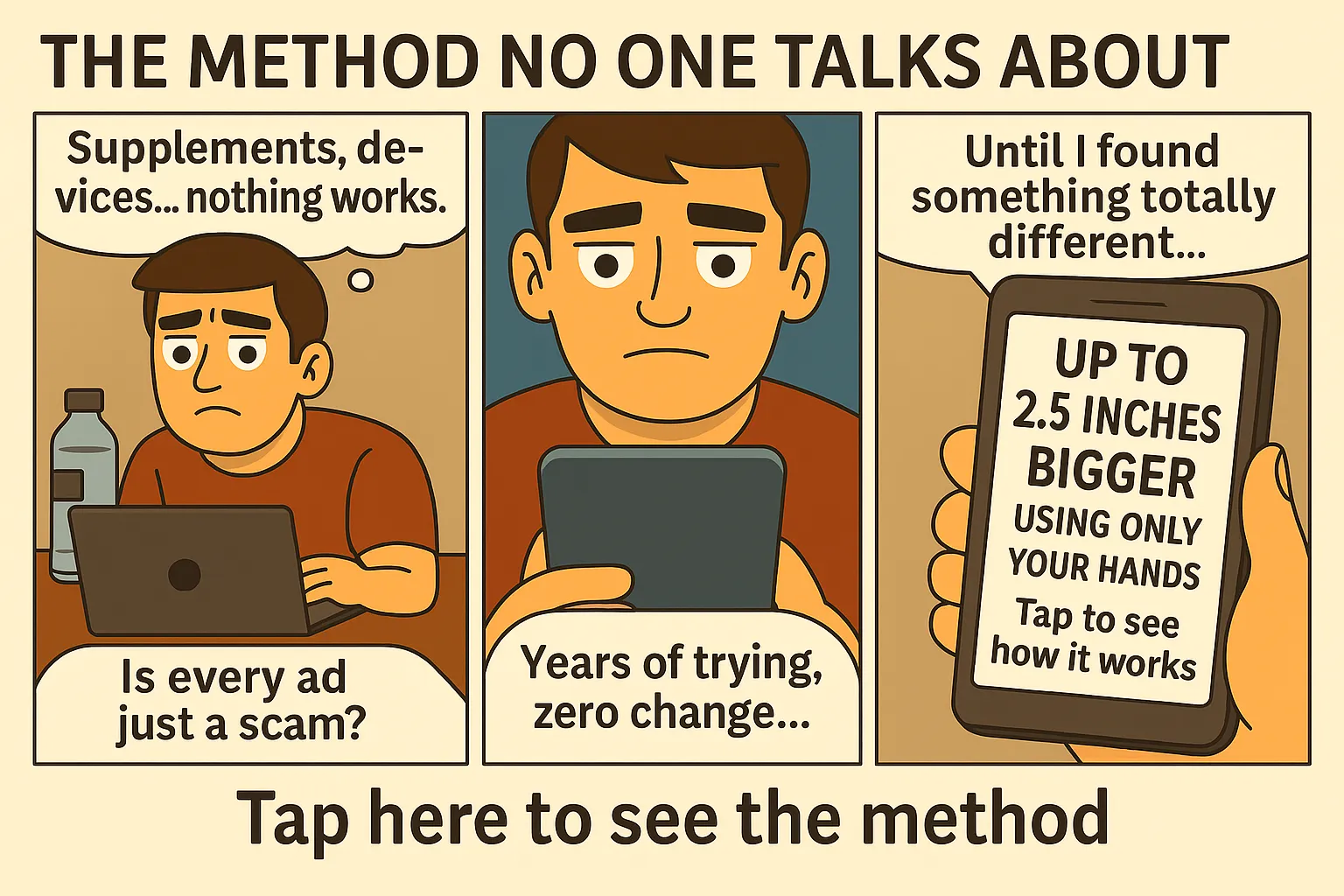The Hidden Nutrition Blueprint Behind Every High-Testosterone Man 🥩🔥
If you’re still eating like a teenager — cereal, seed oils, and sugary snacks — you’re destroying your hormones. Modern food culture is designed to weaken you. The path to high testosterone, energy, and male confidence begins with one thing: a testosterone friendly diet.
This isn’t about calories or macros. This is about fueling your endocrine system with real, ancestral foods that trigger hormonal dominance. The truth? Most men are undernourished in the key nutrients needed for testosterone production.
The Big 4 Nutrients for Testosterone
Here are the primary nutritional drivers of male hormone production:
- Zinc: Found in red meat, oysters, eggs. Critical for LH hormone and testosterone synthesis.
- Magnesium: Helps free up bound testosterone and improve sleep — found in pumpkin seeds, dark chocolate, and spinach.
- Healthy Fats: Testosterone is made from cholesterol — you need egg yolks, butter, olive oil, and fatty meats.
- Vitamin D: Acts like a hormone. Get it from sunlight and fatty fish like salmon or sardines.
Foods That Build Testosterone
Let’s get tactical. These are the foods you need to stack daily to thrive:
- Grass-fed beef and lamb
- Eggs with the yolk
- Wild-caught salmon and sardines
- Avocados and olives
- Pumpkin seeds, Brazil nuts, and almonds
- Dark leafy greens like arugula and spinach
- Raw honey in small doses for libido support
These foods provide the nutrients needed to stimulate the Leydig cells in your testes — the exact cells responsible for producing testosterone. No need for synthetic boosters if you fuel yourself like a king.
Timing and Frequency: How Often Should You Eat?
Intermittent fasting (16:8 style) works well when paired with a testosterone friendly diet. It lowers insulin, improves growth hormone, and promotes better testosterone-to-cortisol ratios. But make sure your feeding window is nutrient-dense — fasting with a junk diet leads to burnout.
Worst Foods for Testosterone
Some foods actively sabotage your testosterone levels. You should also avoid the traps listed in this guide on testosterone killing foods. The biggest offenders:
- Soy products (tofu, soy milk)
- Seed oils (canola, soybean, sunflower)
- Refined carbs and sugar
- Alcohol, especially beer
- Overcooked or processed meats with nitrates
These items raise estrogen, inflame your gut, and blunt testosterone output. Cut them and feel the change within days.
The Role of Gut Health in Testosterone Absorption
You can eat the best foods in the world, but if your gut is inflamed, your body won’t absorb the nutrients. A testosterone friendly diet must include foods that repair and nourish the gut lining. Add bone broth, fermented foods like sauerkraut or kefir, and reduce gluten and processed carbs.
Why? Because a damaged gut increases estrogen levels via poor detox and blocks absorption of minerals like zinc and magnesium — both critical for testosterone.
Meal Plan Example: 1 Day of Testosterone Fuel
- Breakfast (optional if fasting): 3–4 eggs with avocado + black coffee
- Lunch: Grass-fed beef burger with sautéed spinach and sweet potato
- Snack: Brazil nuts + dark chocolate (85%+)
- Dinner: Grilled salmon with olive oil, arugula salad, and quinoa
Hydration tip: Add a pinch of Celtic salt to water to replenish electrolytes and improve mineral balance — a small but powerful tweak.
Optimizing Meal Timing Around Workouts
Train in a fasted state if possible — testosterone temporarily spikes during resistance training. Then break your fast with a heavy protein + fat meal post-workout. This primes recovery and feeds the anabolic window.
Be cautious with excessive carbs post-lifting. Focus on clean starches like sweet potato or fruit rather than sugar or pasta, which spike insulin too high and suppress growth hormone.
Supplements That Support a Testosterone Friendly Diet
- Zinc picolinate – 25-50mg/day
- Magnesium glycinate – 400mg before bed
- Boron – 3-6mg/day, boosts free T
- Vitamin D3 + K2 – 4000 IU daily if not getting sun
- Omega-3 fish oil – for anti-inflammatory support
These stack perfectly with food, not as replacements — think of them as performance multipliers.
Stacking Diet with Lifestyle Upgrades
Nutrition is one pillar. When stacked with other testosterone tactics, the results compound. Combine your testosterone friendly diet with practices like hormonal resets via silence or nighttime showers for recovery to build a full-spectrum strategy.
Common Nutrition Mistakes That Kill Testosterone
Even men who “eat clean” often sabotage their hormones with a few common mistakes:
- Going low fat – this destroys testosterone synthesis
- Overdoing fiber or raw veggies – can block mineral absorption
- Consuming too much caffeine – increases cortisol when overused
- Using artificial sweeteners – disrupt gut health and insulin sensitivity
The fix? Keep it simple. Eat whole foods, prioritize fats and minerals, and avoid anything that didn’t exist 100 years ago.
Why a Testosterone Diet Boosts Confidence
High testosterone isn’t just about sex drive. It affects your mindset. More testosterone means more assertiveness, drive, competitiveness, and emotional resilience. A testosterone friendly diet fuels the brain chemicals that help you think clearly and feel powerful in your own skin.
Men who adopt this way of eating often report increased confidence, deeper voice, better posture, and improved eye contact — all signs of hormonal dominance.
The Long Game: Rebuilding Testosterone Over Time
This isn’t a 3-day juice cleanse. Real testosterone recovery through diet takes time — usually 30 to 90 days of consistent effort. Track your progress with morning energy, sex drive, workout recovery, and even bloodwork for measurable T-level improvements.
Advanced Hacks: Testosterone-Boosting Spices and Herbs
- Ginger: Increases LH and boosts sperm count
- Ashwagandha: Reduces cortisol, increases testosterone
- Fenugreek: Supports libido and free testosterone
- Turmeric: Fights inflammation, supports liver detox
Use these in cooking or as teas for daily hormonal support.
Track Your Progress
Want to know if your testosterone diet is working? Track these signs:
- Morning wood and libido return
- Improved sleep and recovery
- Leaner body composition
- More confidence and drive
Consistency is key. What you eat today fuels your testosterone for the next 24–72 hours.
For a complete strategy that stacks nutrition, mineral optimization, and performance methods to increase stamina, sex drive, and size — start your transformation here.
🍽️ Testosterone Nutrition Cheat Sheet
| Food | Effect | Why |
|---|---|---|
| Eggs (with yolk) | Boost | Cholesterol needed for T synthesis |
| Grass-fed beef | Boost | Zinc + saturated fat |
| Soy products | Kill | Contain estrogen-mimicking phytoestrogens |
| Seed oils (canola, sunflower) | Kill | Inflammatory omega-6s suppress hormones |
| Dark chocolate (85%) | Boost | Magnesium + flavonoids improve blood flow |
❓ Frequently Asked Questions
How long does it take to feel the effects of a testosterone friendly diet?
Most men report noticeable changes within 2–4 weeks of eliminating testosterone-killing foods and adding nutrient-dense sources like eggs, red meat, and leafy greens. Morning wood, better recovery, and energy spikes are common early signs.
Do I need supplements or can food alone boost testosterone?
Whole food comes first. But many modern diets lack minerals due to depleted soil. Strategic use of magnesium, zinc, and boron can amplify results — especially when stacked with the right foods.









